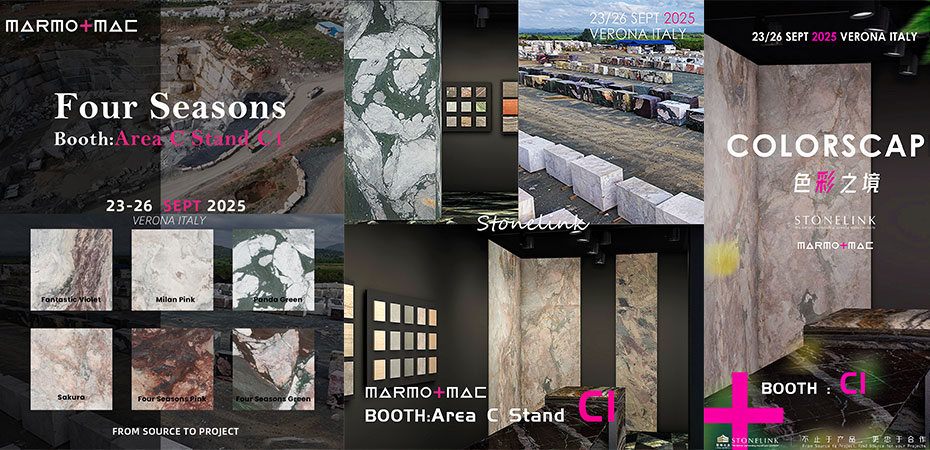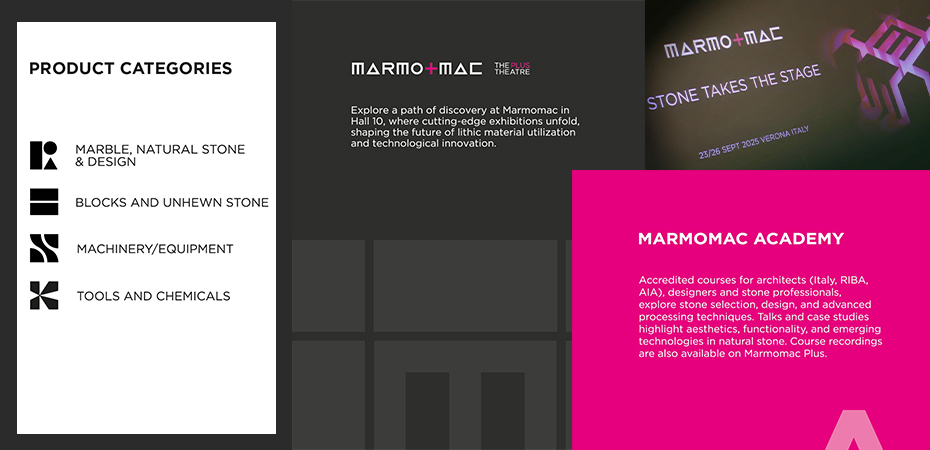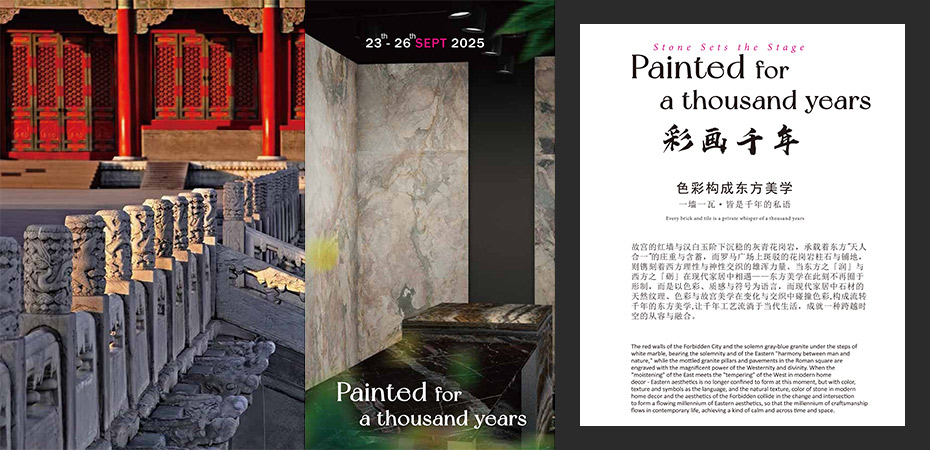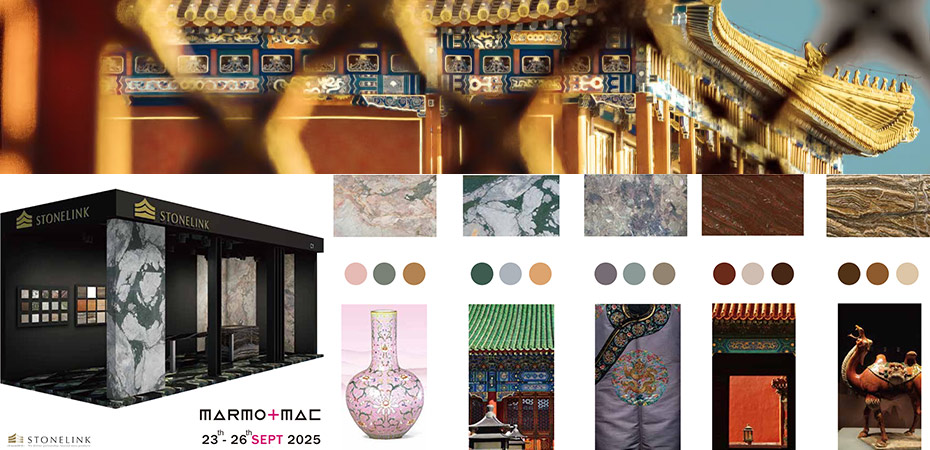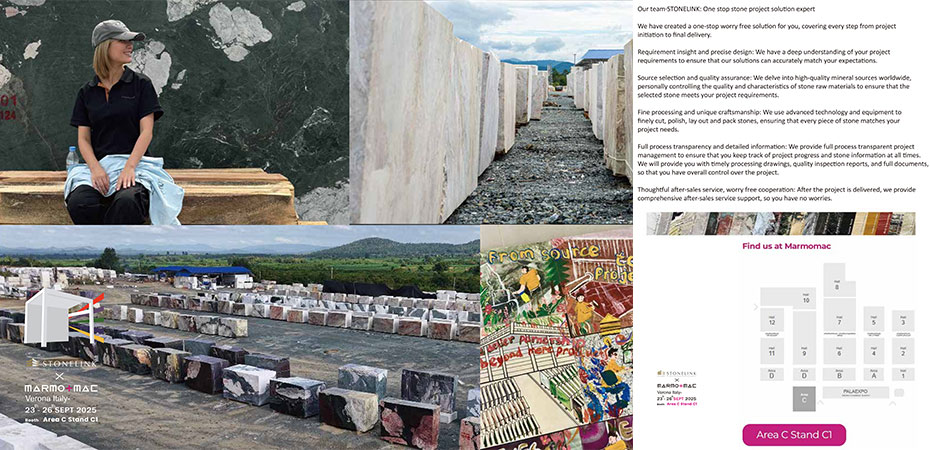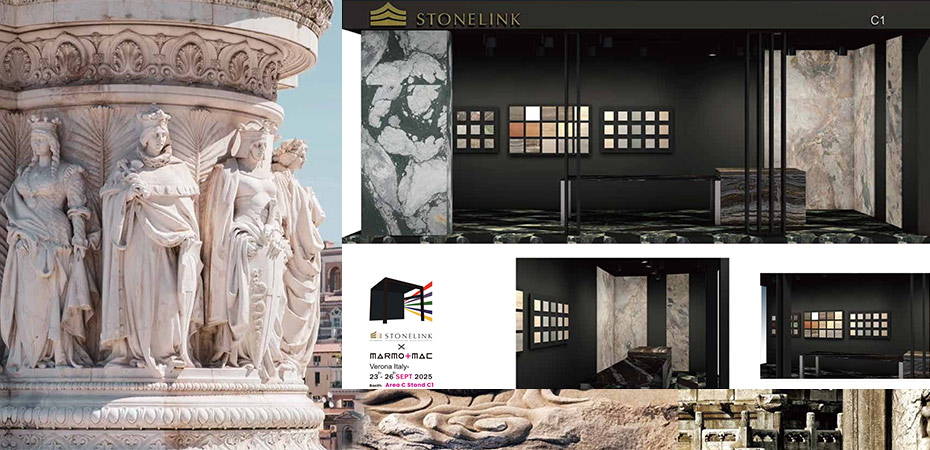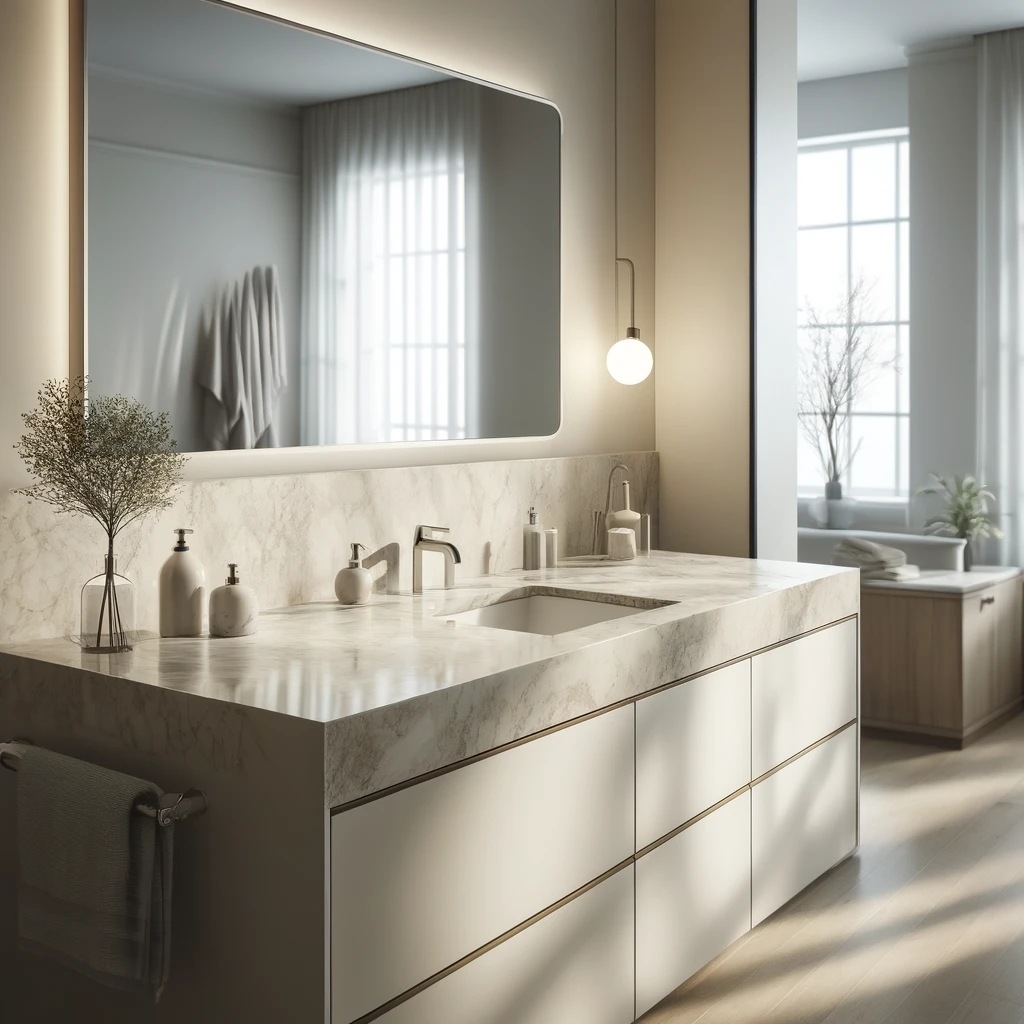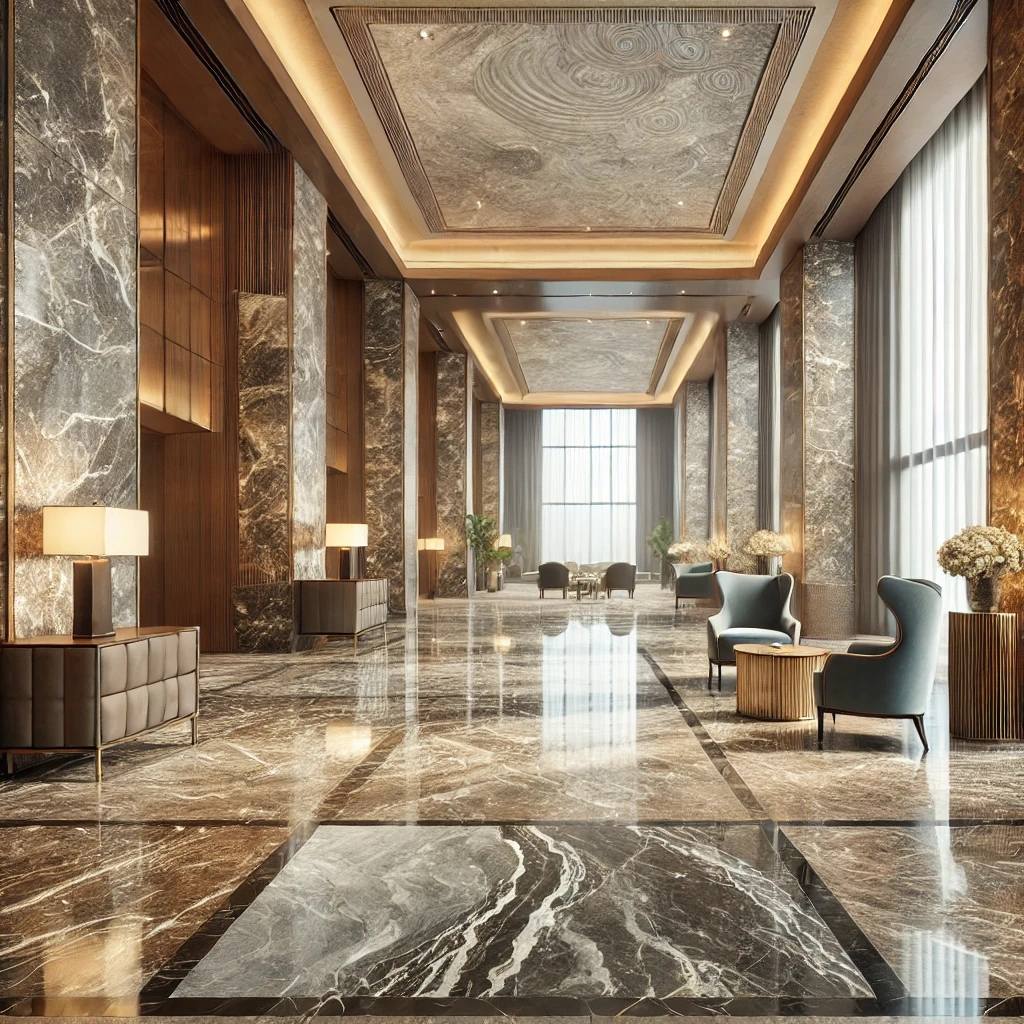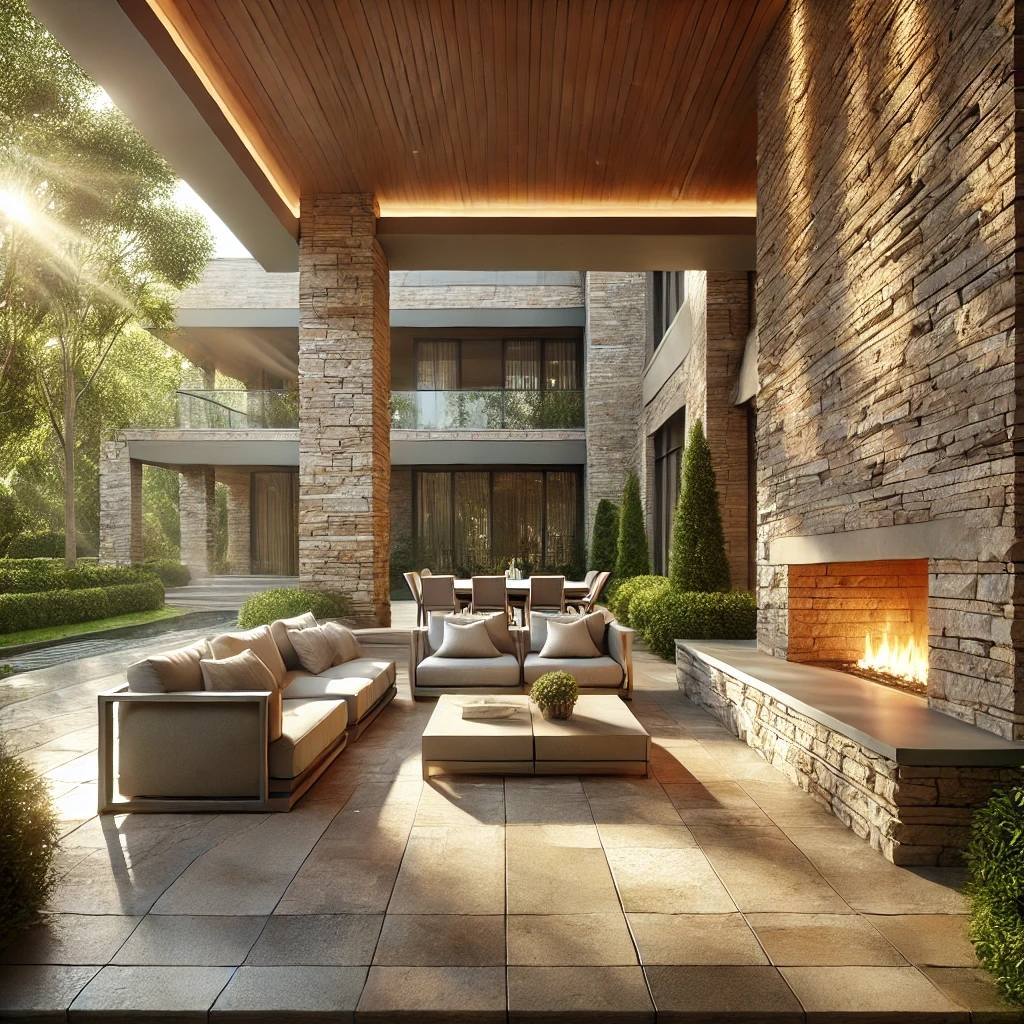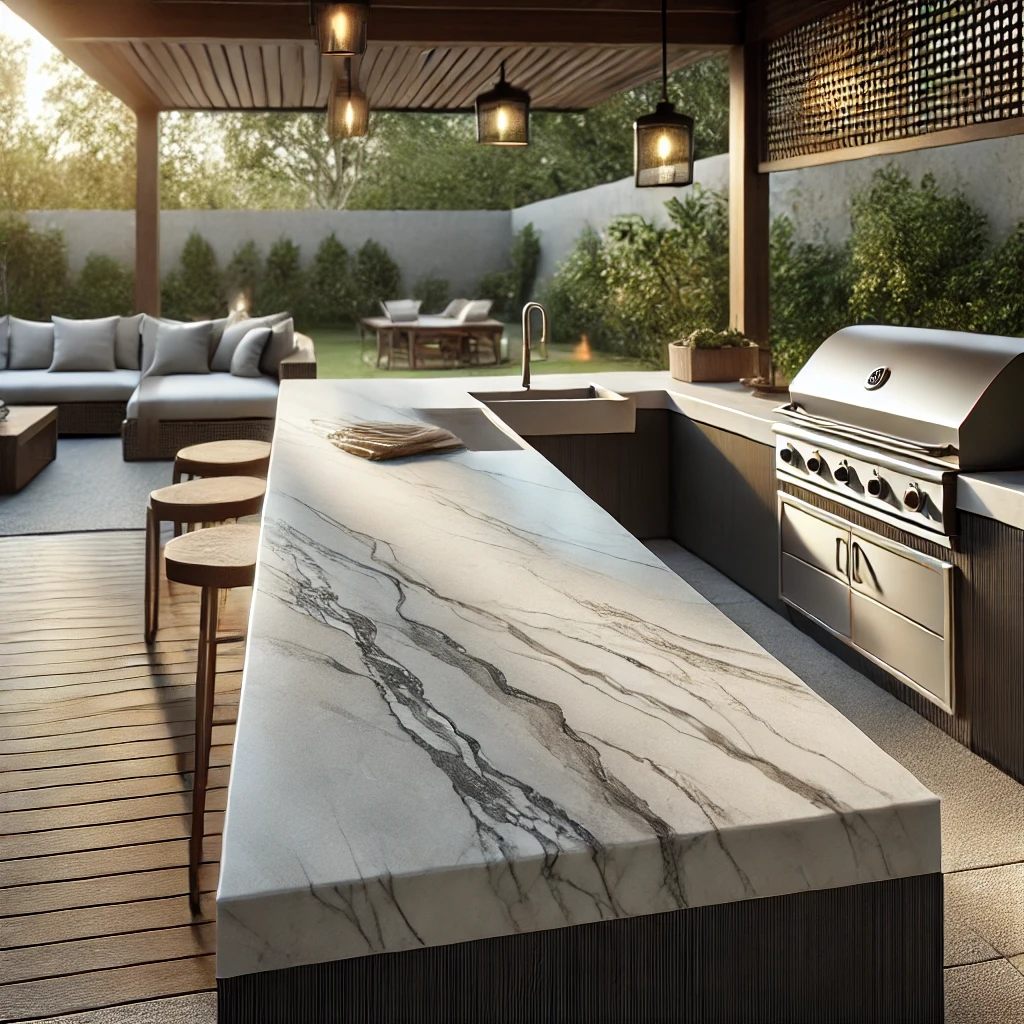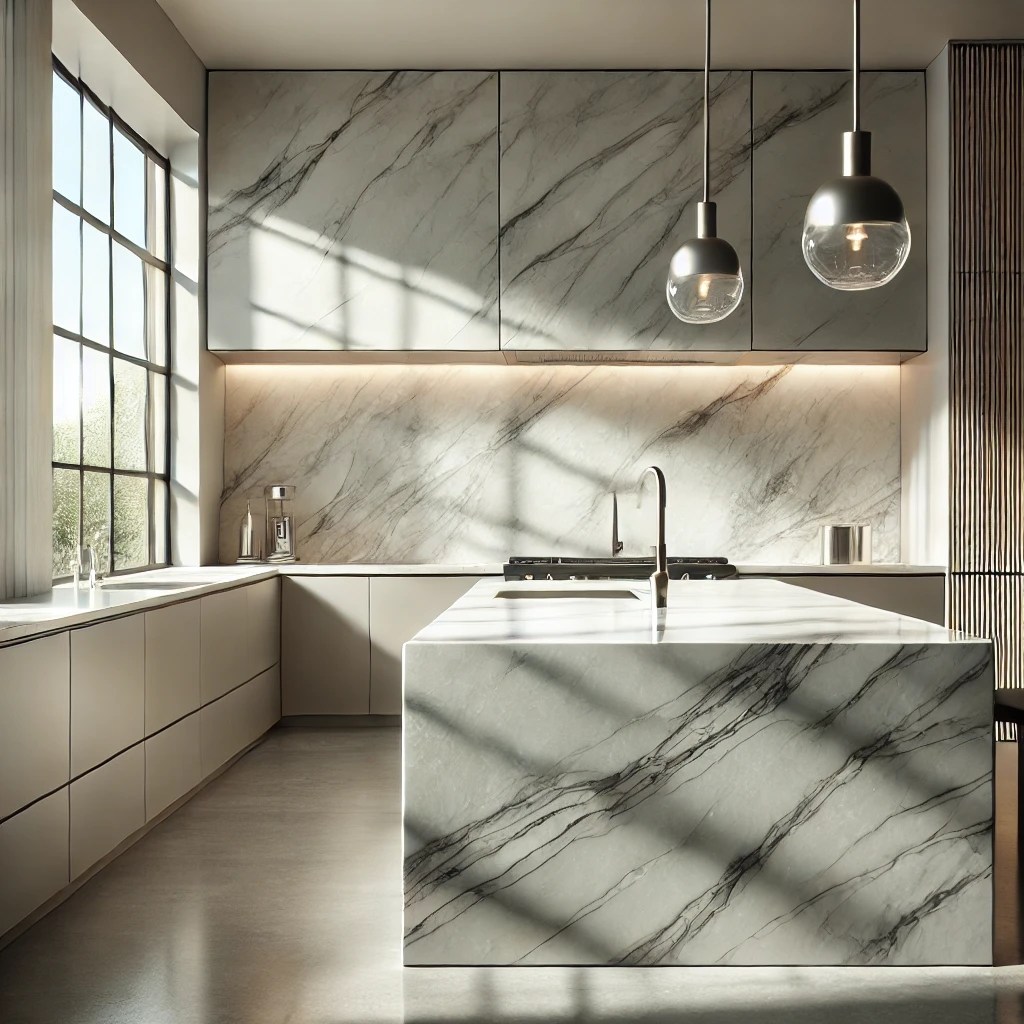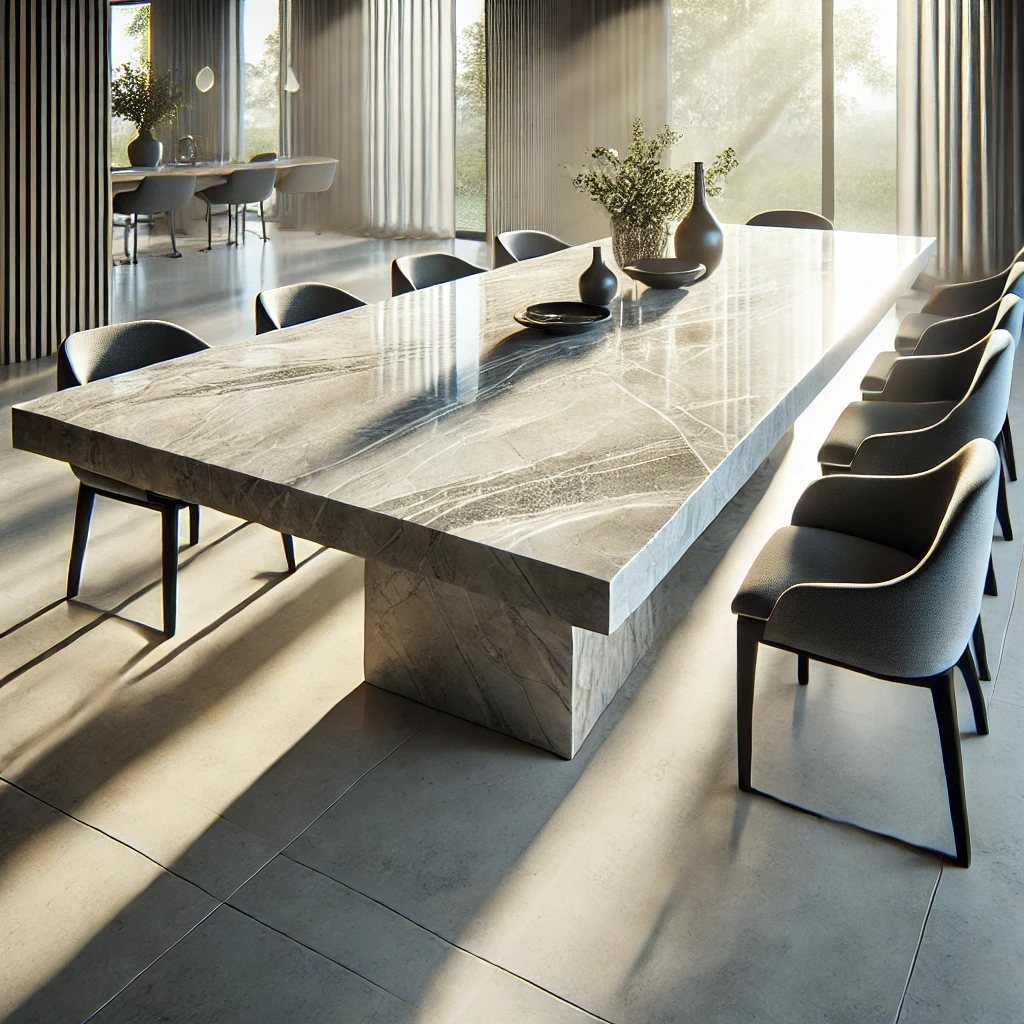Comparative Insight Antolini vs. STONELINK — Cambodian Four Seasons Sakura Marble
In recent years, the Four Seasons Sakura Marble has quickly become one of the most talked-about materials on the stone market. Originally quarried in Cambodia's Four Seasons Green quarry, this marble has captivated architects and designers for its distinctive balance of elegance, strength, and natural artistry. Both Antolini, the renowned Italian stone company, and STONELINK, a specialist in quarry-direct stone sourcing and processing, have introduced their interpretations of this rare marble. However, while the origin remains the same, there are clear distinctions between how each company presents and processes the material.
This blog provides a detailed, professional comparison between Antolini's and STONELINK's Four Seasons Sakura Marble, focusing on technical specifications, aesthetic diversity, surface finishes, and production flexibility.

1. Thickness Options: Versatility vs. Standardization
One of the most practical differences lies in the available slab thicknesses.
Antolini typically offers its Sakura Marble in 2cm thickness, which is considered the standard for most architectural and interior applications in Europe. While suitable for many projects, this limited thickness range can restrict flexibility for specialized applications such as custom furniture, heavy countertops, or cladding requiring greater structural integrity.
In contrast, STONELINK maintains regular stock in both 2cm and 3cm thicknesses, catering to a wider range of design and construction needs. The additional 3cm option not only provides enhanced durability but also allows designers and fabricators more freedom in high-traffic or load-bearing environments. This versatility positions STONELINK as a more adaptable partner for both large-scale architectural projects and bespoke interior work.
2. Aesthetic Diversity: Four Styles in One Stone
While both companies source from the same geological formation, STONELINK's Four Seasons Sakura Marble showcases a broader spectrum of visual styles. Through meticulous selection and classification, STONELINK identifies at least four distinctive surface variations within the quarry:
1) Sakura Green Vein Type: featuring delicate green mineral veining blending with the marble's signature cherry blossom tone.
2) Light Base Type: an evenly toned light background with subtle movement, suitable for minimalist or modern designs.
3) Dark Base Type: a deeper, more dramatic base color with golden and pink undertones, ideal for luxury spaces.
4) Diagonal Vein Type: striking directional veining that adds dynamic visual rhythm to walls or flooring.
By contrast, Antolini's version of the Four Seasons Sakura Marble is typically limited to the deep uniform base color type, which aligns with the brand's preference for visual consistency and refined homogeneity. While this approach appeals to projects requiring uniformity and minimal variation, STONELINK's range offers more creative freedom for designers who wish to express the stone's natural diversity.

3. Surface Finishes: Expanding Texture and Application Possibilities
Surface finishing plays a crucial role in defining both the look and functionality of marble slabs.
Antolini predominantly supplies the Sakura Marble slabs in a polished finish, which enhances color depth and luminosity but can sometimes limit usage to specific environments.
STONELINK, on the other hand, provides a wider array of surface treatments as part of its standard inventory, including:
Polished
Honed
Leathered
Sandblasted
Brushed
This variety of finishes not only meets diverse aesthetic requirements but also ensures better adaptability to different design contexts—ranging from high-gloss luxury interiors to tactile, natural-feeling architectural surfaces. It also reflects STONELINK's capacity for customized surface processing, executed with precision equipment and consistent quality control.
4. Processing Efficiency and Customization Capabilities
From a production standpoint, both companies uphold high standards of craftsmanship. However, there are notable differences in operational flexibility.
As a global stone brand, Antolini is known for impeccable Italian quality and sophisticated branding, yet its scale can sometimes result in longer lead times and less room for customization on bulk or project-specific orders.
STONELINK, operating closer to the quarry in Cambodia and maintaining an integrated factory system, can process, customize, and deliver orders with exceptional speed and consistency. The company's production line is designed for large-scale project execution, offering quick turnaround times without compromising quality. This agility allows STONELINK to support major architectural developments, hospitality projects, and bespoke interior designs with equal competence.
Overall, Two Interpretations of the Same Natural Masterpiece
Both Antolini and STONELINK bring their own strengths to the Four Seasons Sakura Marble. Antolini exemplifies Italian refinement, brand prestige, and precision craftsmanship, while STONELINK represents quarry-direct efficiency, material diversity, and design adaptability.
In a sense, the two companies offer complementary perspectives on the same natural treasure — one emphasizing tradition and uniformity, the other exploring innovation and flexibility. For architects, designers, and developers seeking both reliability and creative choice, STONELINK's Four Seasons Sakura Marble presents an attractive balance between performance, variety, and responsiveness.






